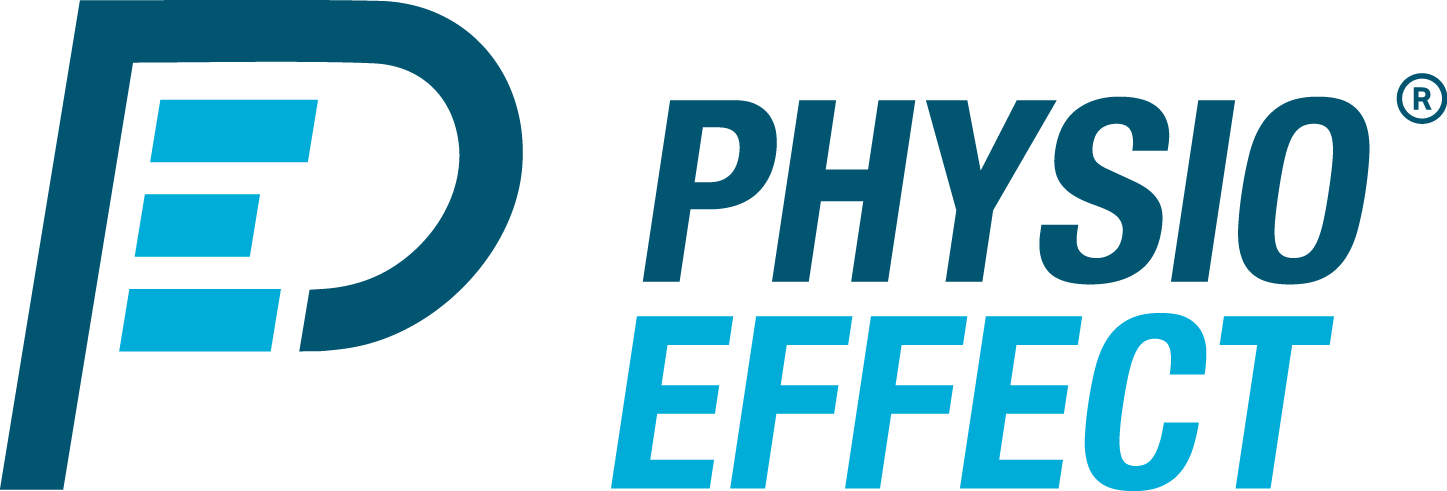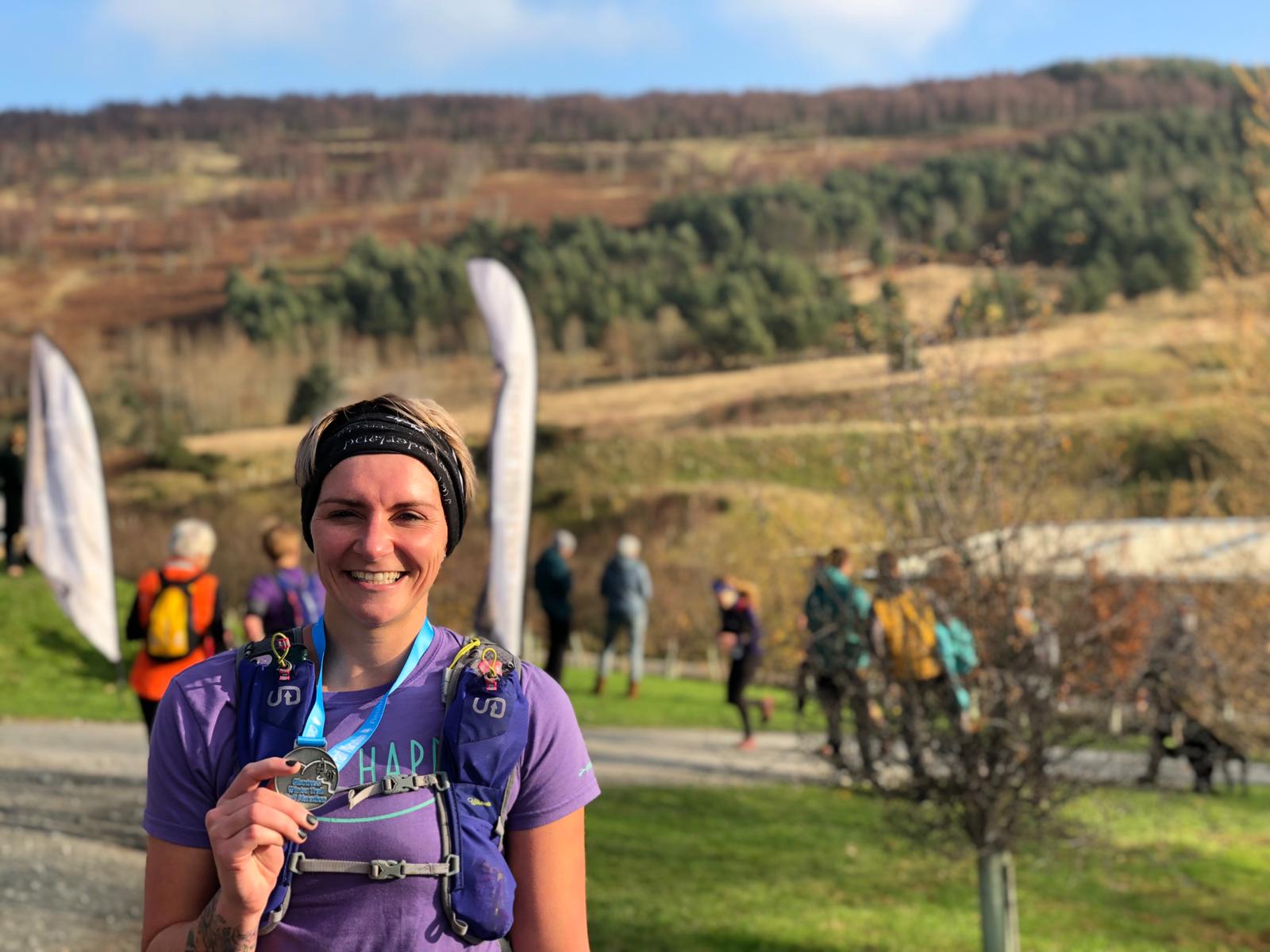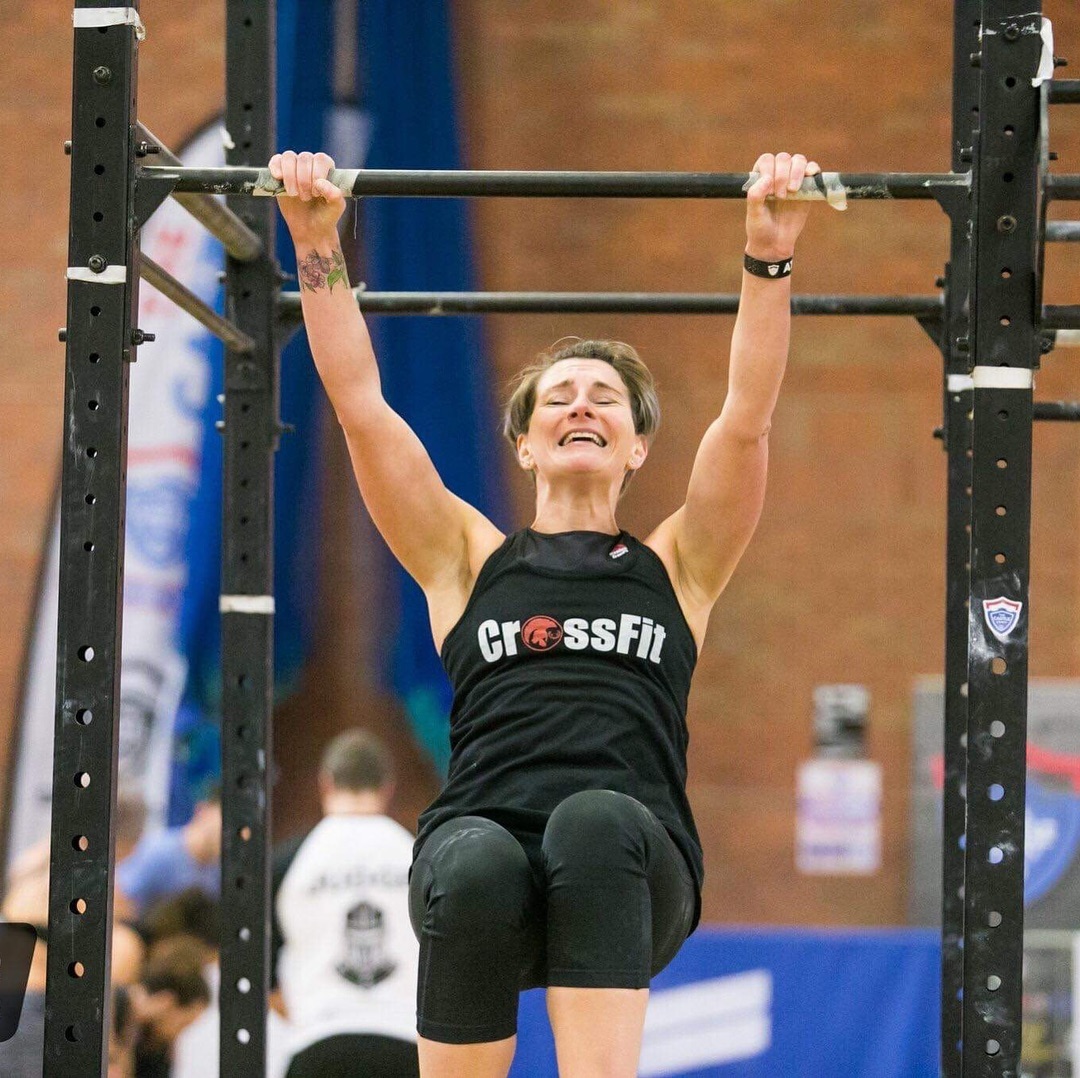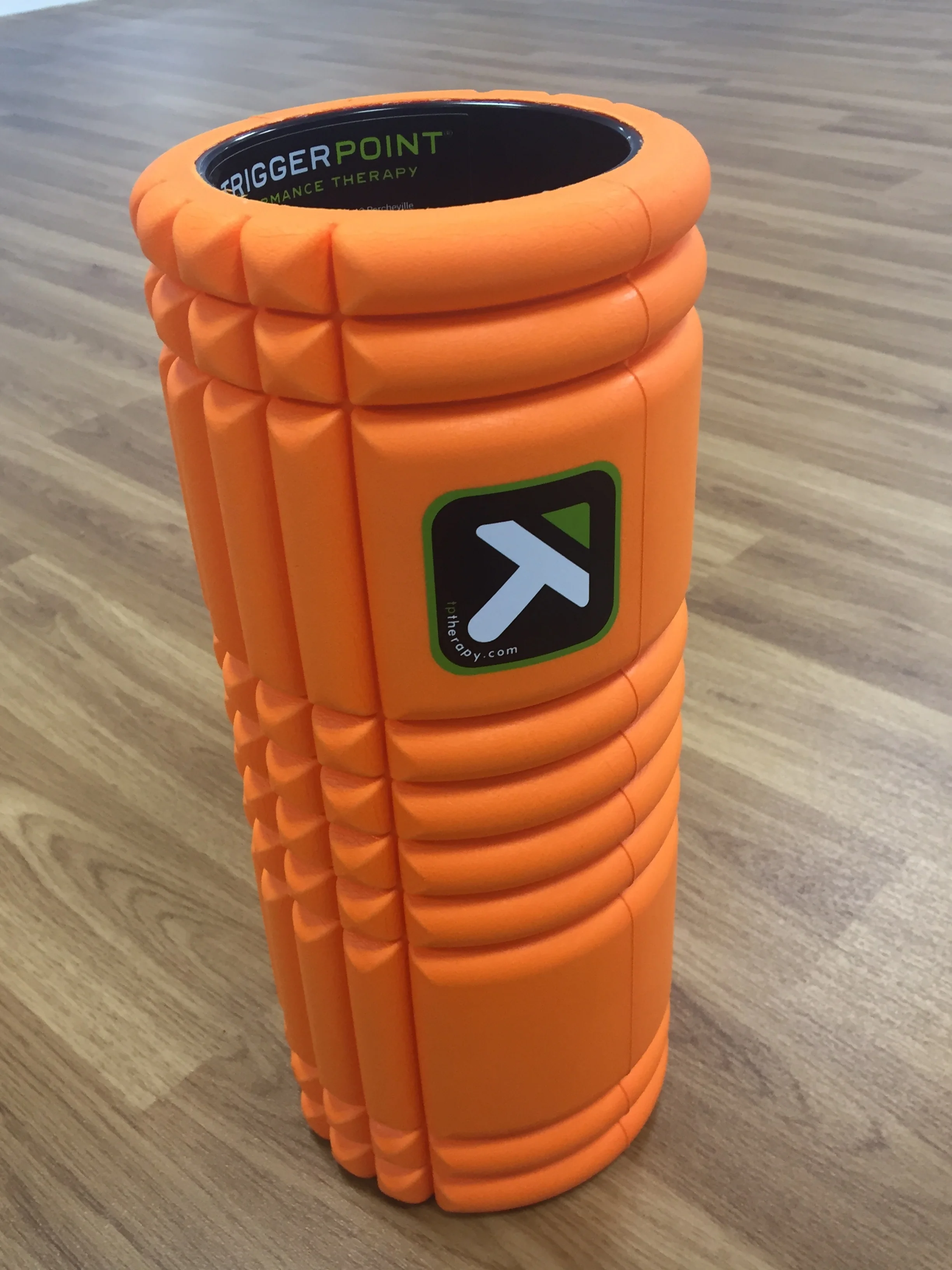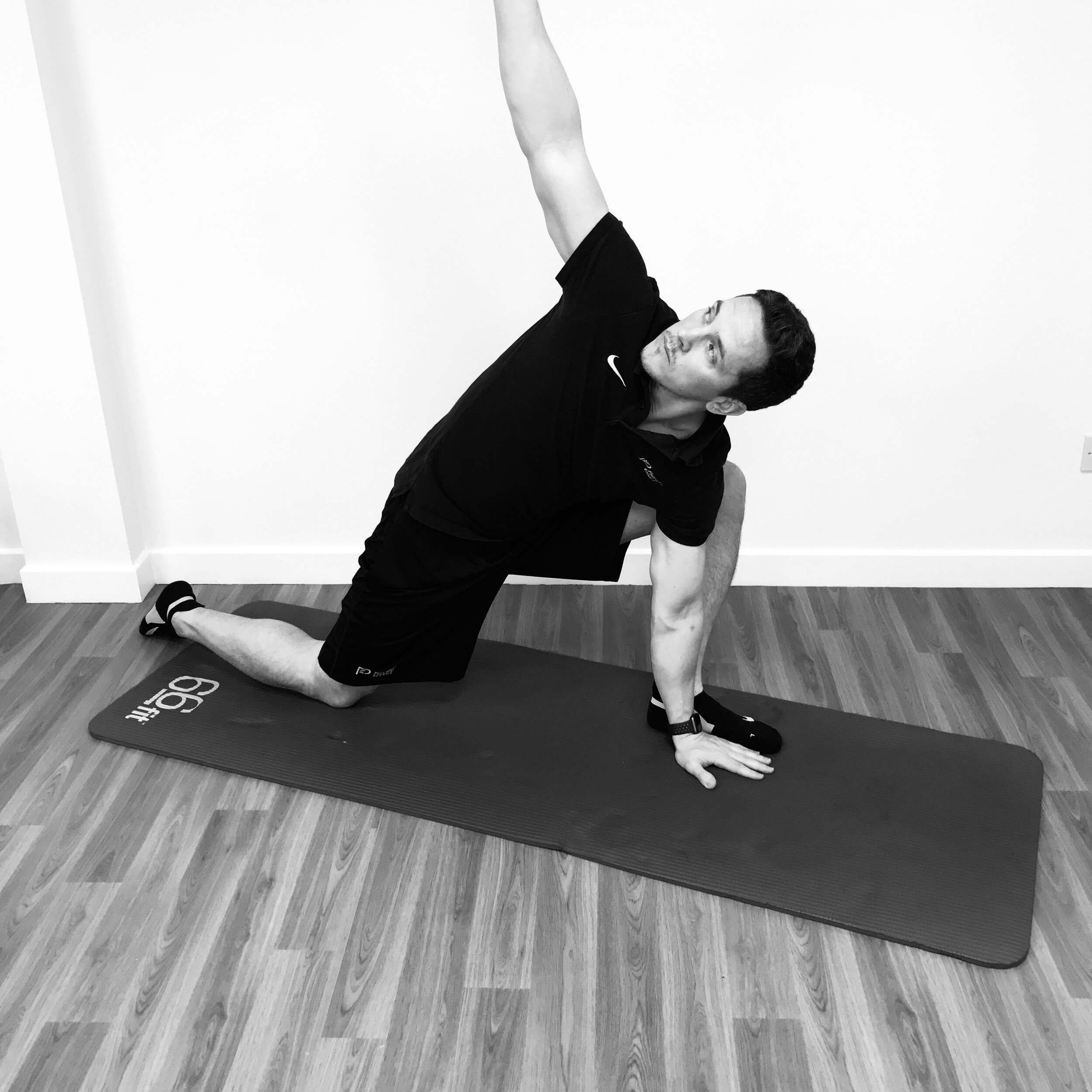Fiona Callan is a CrossFitter and Ultra-marathoner who injured her back in 2017. She had an MRI which confirmed an L5/S1 disc bulge with nerve root irritation. In this interview we discussed how she avoided surgery and returned to the things she loved doing best.
Hi Fiona, thank you for taking the time to share your experience with us. We know you've come a long way from a pretty bad back injury. Before we begin, tell us a bit about yourself! What type of work do you do and what's your sport/exercise/fitness background?
I work in the NHS, primarily an office based job. Preceding my injury I was also studying for an MSc so basically spent all day and night sitting at a desk.
I started running in 2008, mainly 5k and 10k distance on roads but I wasn’t very good and didn’t enjoy it so moved to trail and hill running instead when I started gradually to increase my distance. I met some really cool people to run with as well. In 2012, I was talked into a trip to Nepal by a friend but it wasn’t until around 4 weeks to go that I found out he had signed me up to an ultra marathon. I didn’t even know what that was! It was sheer determination that got me through that and I really caught the ultra marathon bug.
In 2014 I started CrossFit as I thought some strength and conditioning type training would help with my running and I had no idea what I was doing in a conventional gym. The coaching and set workout approach has really worked for me and made me use muscles I didn’t know I had.
So the big question, when and how did you injure your back? Was it after one incident or was it something that gradually built up and got worse? What were your symptoms (i.e. back pain? leg pain? numbness etc...)
To be honest I’ve always had a bit of a lower back niggle, probably postural, but thought it would just go away. It was definitely something I started to feel more when I started CrossFit as I really had to use my back and core more than I had been doing running. Slowly I noticed it had started to affect my running, I had pain in my right buttock that shot down my leg now and again and my leg generally felt heavy. If I left it a few days it would go away but it meant I couldn’t really run or CrossFit as much as I wanted to.
It started affecting my job as I couldn’t sit comfortably for any period of time. I was travelling by train to Edinburgh at least twice a week which became difficult. On one journey I had to get off the train and go back to Glasgow as I couldn’t face sitting for an hour.
Then during a workout involving a barbell I cried so much I had to admit that something wasn’t right.
My initial symptoms were primarily in my lower back, there was a build up of pressure around my stomach and back even when I bent over the sink to wash my face. I tried to keep active but really scaled back on what I was doing. I kept up my hill walking as this is an activity I love doing with my nephew – I used poles and made Ewan carry my bag as he’s the young one! I tried running but could only manage 1k before I felt my back stiffen.
One Saturday I went walking with Dad and Ewan in the Lake District. It was an amazing day. The hill wasn’t too hard; we took our time and enjoyed it. It was the shooting pain in my right leg that woke me up early on the Sunday morning. I tried to stand up but my leg just wouldn’t work. I limped to the bathroom hanging onto the wall and at that point I knew there was something seriously wrong. It sounds dramatic but I genuinely felt paralysed down that whole side of my lower body, first thoughts were ‘I’ll never run again!’ and panicked. My boyfriend called NHS24 and a nurse managed to calm me down and suggested I took paracetamol with ibuprofen and try find a comfortable position until a doctor could get to me. A few hours and one injection later the pain had dulled. He said it was my sciatic nerve; I should try to relax and spend less time sitting down!
What was the initial management i.e. what treatment did you seek?
I got an appointment with Jonny who did some needling on my lower back/ glutes and gave me some exercises to do. I am the most impatient person and after a week of exercises I didn’t feel any different so I saw another physio (sorry!) who basically told me the same thing and gave me the same exercises. I really was in denial about how serious it was. I spoke to coaches in the gym, chatted to other runners and did a lot of Googling but all the answers were the same.
It was the mental part I actually found the toughest to deal with. I have made so many friends through running and CrossFit and my social media is full of it too so I was always seeing and hearing about all these amazing runs and PBs. I just felt stuck and disconnected. I saw my GP as I really felt like I was struggling to cope. People were always asking how I am and telling me I should ‘do this and do that’ and eventually I just got fed up talking about it. My GP didn’t really help me; she referred me to her physio friend but I didn’t go.
At the same time, Jonny had passed me onto Mariam for Clinical Pilates and it was during my consultation that she suggested some short term medication for my nerve problem in my right leg. I went to another GP for this and as well as giving me the medication, he was really keen to get me back running and to the gym so he referred me for an MRI.
Am I right in saying you ended up seeing a consultant neurosurgeon? What did the MRI show?
Yeah I was really lucky in that I got an MRI pretty quickly. I think the 2nd GP had something to do with that. A few weeks after the scan. I received a letter with a hospital appointment but with no other information. Frustrating and worrying. I thought well there must be something not quite right and because of my problem with patience, I called the GP and asked him to give me a brief overview of the scan. He said he could see a disc bulge and I should continue doing my physio exercises until my appointment. I had just started with the Clinical Pilates class so I let Mariam know the issue and she tailored exercises for me until I found out more about the problem.
So there was the prospect of having surgery? How did that make you feel? Was this something on the cards or wanting to avoid?
I remember getting a phone call from a surgeon in the spinal unit and it made me feel sick. I actually don’t remember what he said to me as the idea of back surgery just terrified me. I wasn’t exactly in crippling pain so the idea of surgery just felt a bit extreme to me. This was something I definitely wanted to avoid. I just really trusted my physios and they really believed I could get better without it. I didn’t feel that my pain was bad enough for surgery – for me this was the last resort, I’ve never heard positive stories about it.
At the appointment, the doctor went through my scan which I found fascinating. I actually felt a bit of weight come off my shoulders when I could physically see the issue. It had been hard to accept when I didn’t know for sure what the problem was but there it was clear in front of me. She then told me that they would do surgical intervention if I was getting sharp pains down the top of my leg. I told her I had that a few weeks before but it had been getting much better. We left it at that and I was told to get in touch if anything changed.
I had so many conversations with my boyfriend, my parents (and myself) and decided that it wasn’t the end of the world if I couldn’t run 50 miles or couldn’t deadlift 100kg as long as I could stay active. I would just scale back what I was doing.
You've spent the best part of a year doing some serious rehab with Clinical Pilates. In your own words can you explain what that is and how it helped you?
I had done a bit of Pilates before as I’d read and heard it was good for runners. It was one of those things I struggled to stick to because I never left the class feeling like I’d worked hard and my issue with patience didn’t help. When I told my boyfriend about it he signed me up for 6 weeks because he knew I’d have to go if he paid for it! I noticed a huge difference after these 6 weeks.
It is basically pilates but physio led so your exercises are all tailored to whatever issue you may have so we’re all doing something different generally. It’s a small class but everyone is in the same boat and really friendly. Mariam checks in with you regularly during the class and pushes you when you’re ready but also changing exercises if something isn’t quite feeling good.
I expected my exercises to all be lower back focused as that’s where my injury was but actually they’ve been full body movements. As well as having a stronger back, I have a stronger core and much improved posture. Mariam also spent some time working on my legs, particularly my right leg as the nerve had been affected and I had limited movement and very little strength.
Eventually you returned to CrossFit and trail-running. How long did that take from when you first injured yourself?
I was always doing a scaled back version of CrossFit and a bit of trail running while I was injured but I was mindful of undoing my hard work. It was important to me mentally that I kept in touch with coaches/ friends in the gym and my runner friends.
I accepted my injury in May 2017 and started Clinical Pilates in the October. In May 2018 I was a more confident runner so decided to train for a race following a plan, building up in distance and I finished the Mad Hatters Half Marathon and the Glentress Half Marathon with a PB and no back or leg pain. Not quite back at ultra marathon distance but I’m actually enjoying the shorter runs at the moment. In June 2018 I started back at CrossFit and noticed that I’m better at a lot of the movements as I actually use my back and core as I should. I’m always conscious of loading too much weight on bars and I know certain movements still aggravate my back but I know when to stop and I just need to gradually build my strength back up. I was asked if I’d like to be part of a team from the gym for a CrossFit competition, I said yes why not I can try and we finished in 3rd place with no back injury!
Most people in this day and age are seeking the "quick-fix" or miracle cure. In fact, most people in your shoes would opt for surgery given the opportunity. What advice would you give them?
Your back is such a major part of your body so decisions on surgery should never be made lightly. Unless a professional is telling you there is no other option I would encourage people to commit to the exercises, spend less time sitting down and stay active by doing anything you find fun (that’s obviously not going to hurt you)
Working through this injury has taught me so much about my body and my lifestyle as well as making me a better runner and CrossFitter. This is all coming from the most impatient person!
